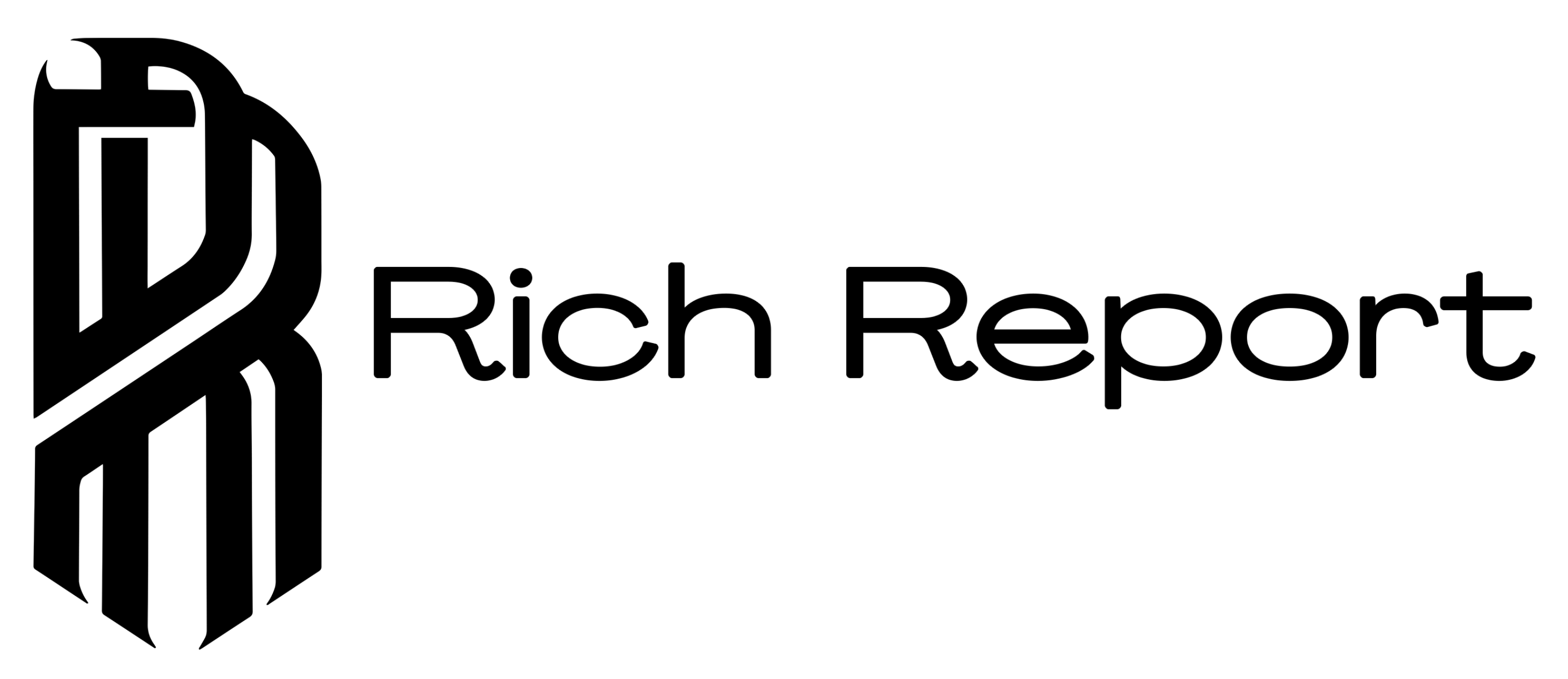Are you struggling to manage your company’s finances effectively? Understanding accounts receivable aging is crucial for maintaining a healthy cash flow. In this article, you’ll discover the importance of monitoring your outstanding invoices and how it impacts your business’s financial health. Let’s delve into the world of accounts receivable aging and explore strategies to optimize your collections process.
Importance of Accounts Receivable Aging
When it comes to managing your business’s finances, tracking accounts receivable aging is crucial. Here’s why:
- Cash flow management: Monitoring accounts receivable aging helps you understand when payments are due, allowing you to anticipate cash flow shortages and take proactive measures.
- Identifying potential issues early: By tracking aging invoices, you can spot late payments or non-payments promptly, addressing any issues before they escalate.
- Improving collections: Understanding accounts receivable aging enables you to prioritize collection efforts on overdue invoices, improving your chances of receiving payments on time.
- Enhancing financial health: Keeping a close eye on aging accounts helps maintain a healthy financial position by ensuring a steady and predictable cash flow.
By prioritizing the Importance of Accounts Receivable Aging, you can streamline your collections process and optimize your cash flow effectively.
Calculating Accounts Receivable Aging
Calculating Accounts Receivable Aging is crucial for understanding the health of your business finances. Here’s how you can do it effectively:
- Determine Aging Periods: Classify invoices into aging periods like 0-30 days, 31-60 days, 61-90 days, and over 90 days.
- Calculate Aging Balances: Total the outstanding balance within each aging period.
- Find Percentage: Calculate the percentage of total receivables that fall into each aging category.
- Analyze Trends: Regularly monitor aging reports to spot trends, like increasing delinquencies or improving collections.
- Compare to Benchmarks: Compare your aging reports to industry benchmarks to see how your business stacks up.
Tracking your Accounts Receivable Aging helps you identify areas of improvement and take proactive measures to ensure a healthy cash flow.
Analyzing Accounts Receivable Aging Reports
When Analyzing Accounts Receivable Aging Reports, it’s crucial to delve deeper into the data to gain valuable insights and make informed decisions. Here are some essential steps to effectively analyze these reports:
- Identify trends: Look for patterns in aging categories over time to spot any recurring issues or improvements.
- Compare with benchmarks: Benchmark your accounts receivable aging data against industry standards to assess performance.
- Focus on high-risk accounts: Prioritize collections efforts on overdue accounts with high balances to expedite cash inflow.
- Evaluate payment terms: Review if payment terms are being adhered to by customers and adjust as needed.
By methodically analyzing accounts receivable aging reports, you can optimize your cash flow management and enhance the financial health of your business.
| Key Points | Data |
|---|---|
| Importance of analysis | Enhances decision-making process |
| Comparison with benchmarks | Guides performance evaluation |
| Focus on high-risk accounts | Prioritizes collections efforts |
| Evaluation of payment terms | Ensures adherence and adjustments |
Strategies to Improve Accounts Receivable Aging
To enhance your accounts receivable aging process, consider implementing the following strategies:
- Prompt Invoicing: Send out invoices immediately to avoid delays in payment.
- Customer Credit Checks: Conduct thorough credit checks before extending credit terms to reduce the risk of late or non-payment.
- Clear Payment Terms: Ensure that your invoices clearly outline payment due dates and consequences for late payments.
- Automated Reminders: Set up automated reminders for customers approaching or past their payment due date.
- Discounts for Early Payment: Offer discounts to incentivize early payment and improve cash flow.
- Collections Policies: Establish clear collections policies and consistently follow up on overdue accounts.
- Regular Reconciliation: Reconcile your accounts receivable ledger regularly to identify discrepancies and address them promptly.
Implementing these strategies can help streamline your accounts receivable aging process, reduce late payments, and improve your cash flow management.
Conclusion
Implementing effective strategies for managing accounts receivable aging is crucial for optimizing cash flow and improving financial stability. By prioritizing prompt invoicing, conducting thorough credit checks, setting clear payment terms, utilizing automated reminders, offering discounts, establishing collections policies, and regularly reconciling accounts, you can enhance your overall receivables process. These proactive measures not only help minimize late payments but also contribute to a more efficient and profitable business operation. Stay proactive and consistent in your approach to accounts receivable management to ensure steady cash flow and sustainable growth for your business.
Frequently Asked Questions
How can businesses improve their accounts receivable aging process?
Businesses can enhance their accounts receivable aging by invoicing promptly, conducting customer credit checks, setting clear payment terms, using automated reminders, offering early payment discounts, establishing collections policies, and regularly reconciling accounts.
Why is it important to streamline the accounts receivable process?
Streamlining the accounts receivable process helps businesses reduce late payments, improve cash flow management, and maintain healthier financial stability.
What are some effective strategies for managing accounts receivable efficiently?
Effective strategies for managing accounts receivable include proactive invoicing, credit monitoring, clear payment terms, automated reminders, discount incentives, collections policies, and regular account reconciliations.
How do these strategies benefit businesses in the long run?
These strategies benefit businesses by optimizing cash flow, reducing bad debt risks, improving financial planning accuracy, enhancing customer relationships, and fostering overall business growth and sustainability.


